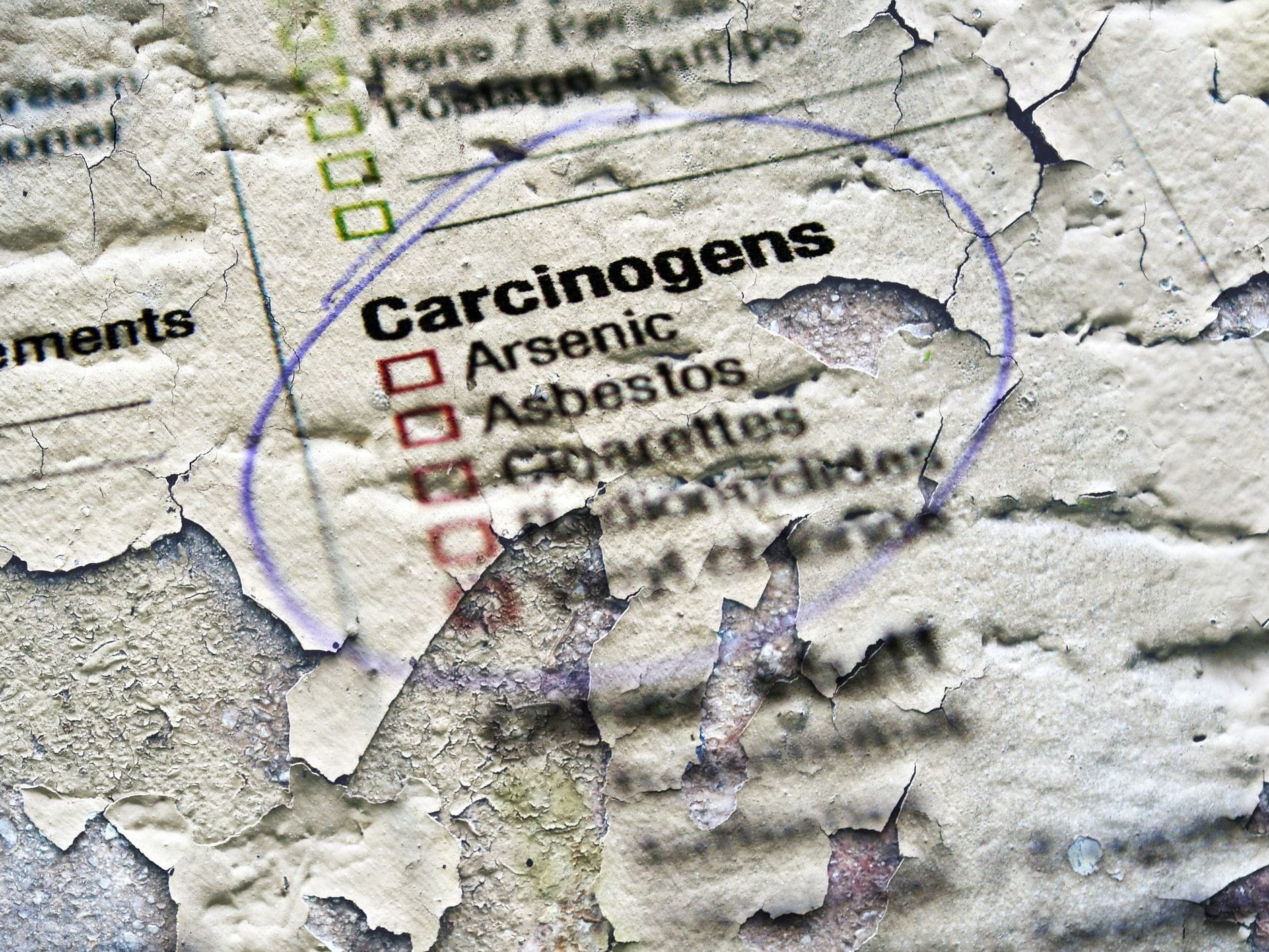Arsenic: A centuries-old poison

The Bottom Line
Organic arsenic is less toxic than inorganic arsenic. Inorganic arsenic contaminates groundwater. Acute toxicity includes vomiting, neurological and cardiac toxicity, anemia, and rashes. Chronic toxicity produces gastrointestinal symptoms, anemia, decreased white blood cells, peripheral neuropathy, liver damage, and vascular insufficiency. Arsenic is a human carcinogen.

What is arsenic?
Arsenic is a natural element (As) found in water, soil, and air. It exists in organic and inorganic forms. Arsenic compounds are found in some pharmaceuticals, commercial, and industrial products. It is used industrially in processing glass, paper, adhesives, pigments, wood preservatives, and other uses.Why is arsenic dangerous to the body?
Arsenic interferes with cellular metabolism by inhibiting enzymatic reactions, causing oxidative stress, and influencing gene expression and cell signals.
Inorganic vs. organic arsenic
Inorganic arsenic is toxic and a human carcinogen that is found in groundwater, bedrock, and soil. Organic arsenic is arsenic combined with other molecules containing carbon and hydrogen. Organic arsenic is found in fish, shellfish, aquatic plants (such as seaweed), poultry, meat, and cereals. It is less harmful to health than inorganic arsenic.
Arsenic in drinking water
Inorganic arsenic is naturally present in groundwater in many countries, including the US. Exposure sources include arsenic-contaminated drinking water, food prepared with contaminated water, and crops irrigated with contaminated water.Other common sources of arsenic
Rice and other grains can contain inorganic arsenic. Arsenic can be in some vegetables such as broccoli, kale, lettuce, cauliflower, and Brussels sprouts. It can be in the skin of potatoes, carrots, and beets. Fruits such as apples and grapes might contain arsenic. Another source is tobacco smoke.Symptoms of arsenic poisoning
Poisoning is usually due to inorganic arsenic. Acute poisoning causes nausea, vomiting, abdominal pain, and watery diarrhea. More serious symptoms are numbness and tingling of extremities, muscle cramping, agitation, delirium, decreased blood pressure, increased heart rate, acidosis, and rhabdomyolysis (breakdown of muscle). Delayed effects include anemia and decreased white blood cells as well as rashes and skin peeling. Death can occur in serious cases due to cardiac toxicity and multi-organ system failure.
Chronic toxicity is associated with gastrointestinal symptoms, fatigue, anemia, decreased white blood cells, peripheral neuropathy, liver damage, and vascular insufficiency. Skin lesions, squamous cell carcinoma, and basal cell carcinoma can occur. Other types of cancer from chronic arsenic exposure include cancers of the lung, bladder, kidneys, and liver.
Have more questions about arsenic?
If you have more questions about arsenic, help from experts is available through the webPOISONCONTROL®online tool and by phone at 1-800-222-1222. Poison Control’s expert guidance is always free, confidential, and available 24 hours a day.
Wendy Klein-Schwartz, Pharm.D., MPH
Clinical Toxicologist
Poisoned?
Call 1-800-222-1222 or
Prevention Tips
- Wash fruits and vegetables thoroughly.
- Peel potatoes and carrots before cooking.
- To decrease arsenic concentration in rice, rinse rice thoroughly before cooking, then cook with excess water and drain. Another method that preserves nutrients is to parboil rice in pre-boiled water for 5 minutes, drain and refresh the water, then cook at a lower heat to absorb the water.
- Have your water tested for arsenic, especially if you have well water.
- Eat a variety of foods in your diet so that you are not eating a lot of foods that might contain arsenic.
- Wash your hands with soap and water after playing or working outdoors.
- Avoid smoking tobacco.
- Follow safety precautions if your job involves working with arsenic.
This Really Happened
A 77-year-old man ingested 4 g of arsenic trioxide in a suicide attempt. This is a potentially lethal dose. On arrival at a hospital 5 hours later, his vital signs were normal, but he had nausea and vomiting. His stomach was pumped, and activated charcoal was administered. He was treated with intravenous fluids and a chelating agent to remove the arsenic from his body. He developed gastritis and mild ulcers. The arsenic concentration in his urine was very high. He experienced a decrease in kidney function, which resolved over 2 months, and anemia that resolved over 5 months (from Yilmaz et al., 2009).
For More Information
Arsenic. World Health Organization. December 2, 2022. Accessed December 7, 2025.
References
Ratnaike RN. Acute and chronic arsenic toxicity. Postgrad Med J. 2003;79(933):391-396.
Poisoned?
Call 1-800-222-1222 or
Prevention Tips
- Wash fruits and vegetables thoroughly.
- Peel potatoes and carrots before cooking.
- To decrease arsenic concentration in rice, rinse rice thoroughly before cooking, then cook with excess water and drain. Another method that preserves nutrients is to parboil rice in pre-boiled water for 5 minutes, drain and refresh the water, then cook at a lower heat to absorb the water.
- Have your water tested for arsenic, especially if you have well water.
- Eat a variety of foods in your diet so that you are not eating a lot of foods that might contain arsenic.
- Wash your hands with soap and water after playing or working outdoors.
- Avoid smoking tobacco.
- Follow safety precautions if your job involves working with arsenic.
This Really Happened
A 77-year-old man ingested 4 g of arsenic trioxide in a suicide attempt. This is a potentially lethal dose. On arrival at a hospital 5 hours later, his vital signs were normal, but he had nausea and vomiting. His stomach was pumped, and activated charcoal was administered. He was treated with intravenous fluids and a chelating agent to remove the arsenic from his body. He developed gastritis and mild ulcers. The arsenic concentration in his urine was very high. He experienced a decrease in kidney function, which resolved over 2 months, and anemia that resolved over 5 months (from Yilmaz et al., 2009).
